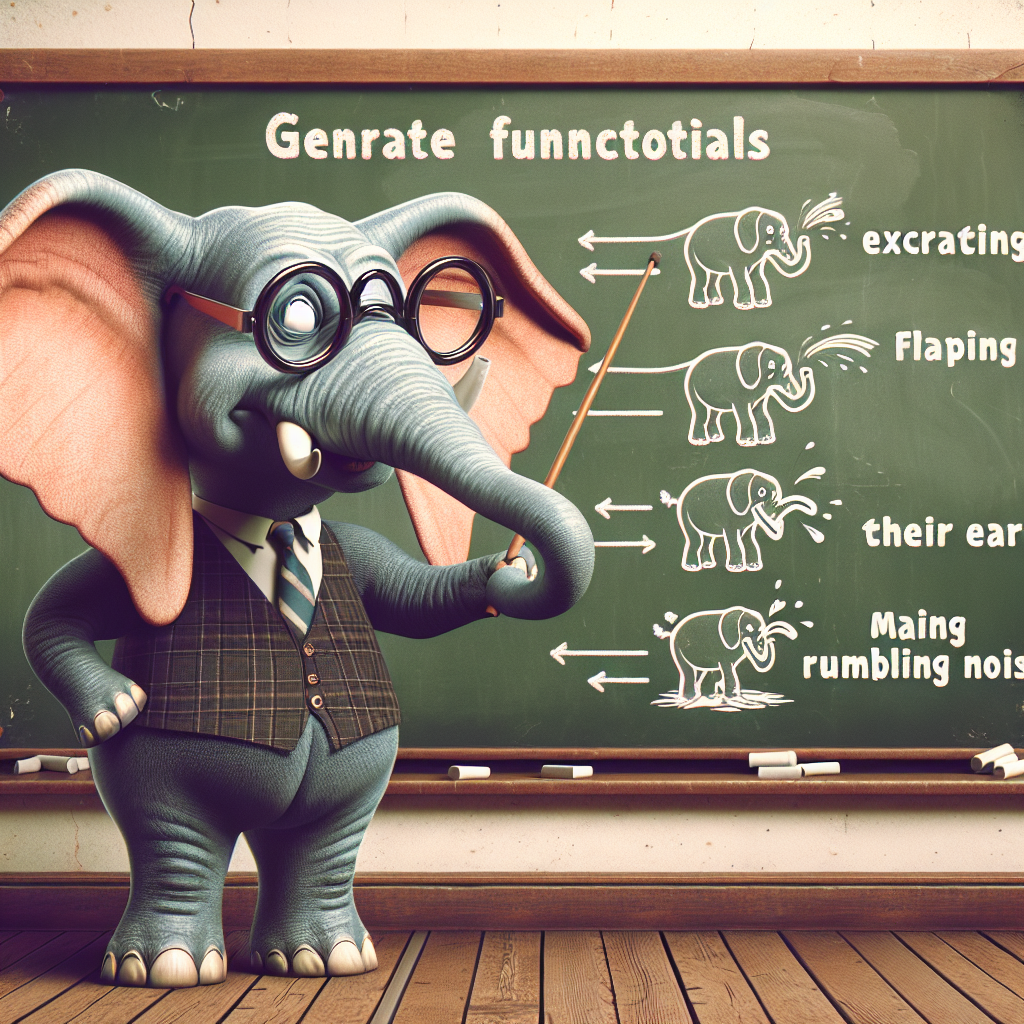The paper “Speech Emotion Recognition of Animal Vocals Using Deep Learning” presents a novel investigation into the application of machine learning techniques, particularly deep learning, for identifying emotions in animal vocalizations. Here is a detailed analysis based on the provided content:
Discovery Details:
The paper introduces significant advancements in the field of animal communication research by employing deep learning models to recognize emotions in animal sounds. This marks a departure from traditional studies focused mainly on human speech emotion recognition (SER), extending the understanding of emotional expressions to non-human animals, specifically cats and dogs. The identification of specific emotions from animal vocalizations can enhance human-animal interactions and provide insights into animal welfare.
Methodological Breakdown:
The methodology involves extracting features from animal vocalizations, such as Mel-frequency cepstral coefficients (MFCCs) and Chromagram features, using libraries like Librosa for audio analysis. These features are fed into deep neural networks (DNNs) to classify different emotional states. The paper discusses the use of convolutional neural networks (CNNs), recurrent neural networks (RNNs), and combinations thereof, highlighting the success of these models in capturing the complex patterns associated with emotional expressions in animals.
Challenges and Opportunities:
One challenge highlighted is the scarcity of high-quality animal audio data compared to human speech data, which could limit the model’s generalizability and accuracy. However, this also opens opportunities for creating more comprehensive animal vocalization datasets and exploring the integration of additional modalities (e.g., video data) to improve emotion recognition accuracy.
TLDR:
The paper explores the use of deep learning to recognize emotions in animal vocals, extending SER techniques beyond human speech. It demonstrates the potential of CNNs and RNNs in identifying emotional states from animal sounds, with implications for improving human-animal communication and animal welfare studies.
AI Thoughts:
The findings could significantly impact various fields, including veterinary science, animal psychology, and robotics. For instance, understanding animal emotions through vocalizations could lead to better care practices in shelters and zoos and improve the development of emotionally aware AI systems capable of interacting with both animals and humans. Furthermore, this research may inspire cross-disciplinary studies, exploring emotional intelligence in AI systems and its application in broader contexts, such as emotional support robots for therapeutic purposes.

